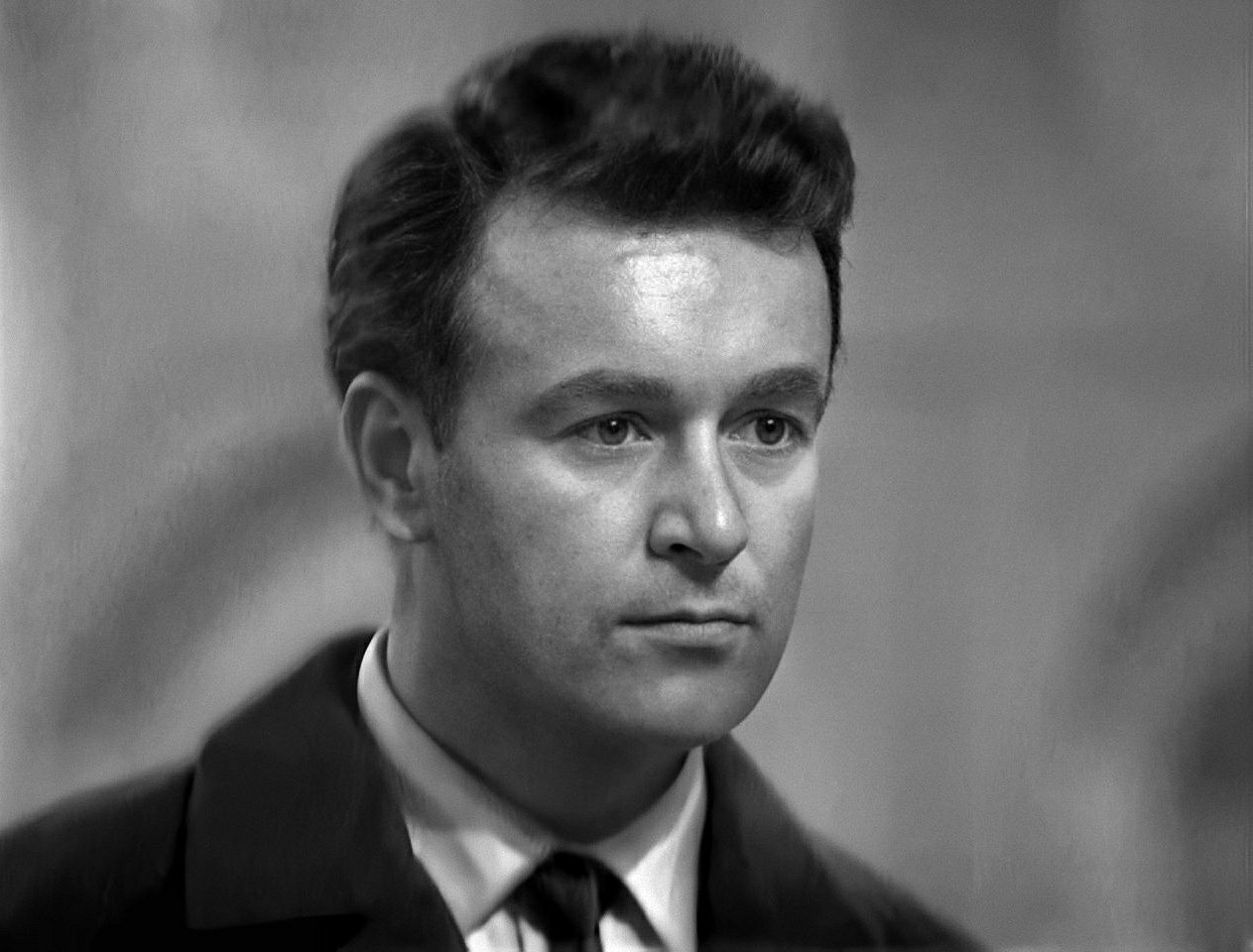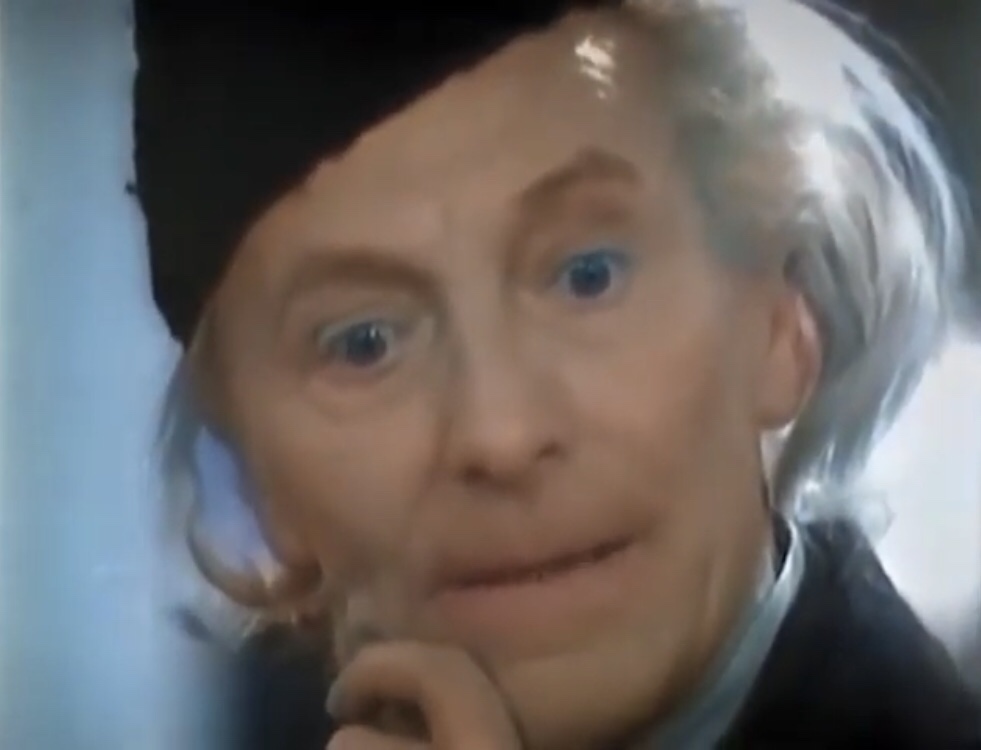 An interesting discussion about the upscaling of classic Doctor Who to 4K for rebroadcast and new commercial release led me to The Colorization Channel on YouTube, where small clips of black and white episodes of the show have been converted to colour, for demonstration purposes.
An interesting discussion about the upscaling of classic Doctor Who to 4K for rebroadcast and new commercial release led me to The Colorization Channel on YouTube, where small clips of black and white episodes of the show have been converted to colour, for demonstration purposes.
For those of you not familiar with the term, put simply, 4K upscaling takes a regular broadcast or recording and makes improves the picture, making images appear sharper, with richer colours and deeper blacks. So if you watch BBC One on an HD TV and then on a 4K UHD TV you’ll notice an improvement – even though the source isn’t native 4K.
The technology behind this is improving rapidly, and while of course it would be better to shoot a show in 4K, like Planet Earth II, for example, the kit is still expensive and no-one was using it back in the 1960s when the original Doctor Who episodes were made in black and white.




Recent examples of 4K restorations of images of the original TARDIS crew from the first broadcast episode of An Unearthly Child led Doctor Who strip writer and editor Scott Gray to suggest on Twitter that fans were “eventually going to be watching full-colour, 4-K versions of 60s Doctor Who. Probably a lot sooner than any of us imagine“.
Designer and artist Paul Burley agreed, noting that “it’s not 100% there yet, but a fully remastered/upscaled HD version of An Unearthly Child in time for the 60th Anniversary isn’t beyond the realms of possibility… I’m not sure how it would factor in things that aren’t human faces, mind. It does a great job of removing noise.”
Following the Twitter conversation through to Doctor Who fan Pip Madeley‘s post of the Unearthly Child images led me to The Colorization Channel on YouTube, which offers demonstrations in colorisation techniques and very short example clips, including scenes from An Unearthly Child starring William Hartnell and the Patrick Troughton stories such as The Tomb of the Cybermen and, most recently, The Web of Fear.

Doctor Who – An Unearthly Child


These aren’t the only examples of restoration and colorisation out there of course, but the demonstrations of how such work can done is certainly intriguing.
Whether it should be done, of course, is an entirely different discussion! Obviously, I’m very well aware that the whole subject of colorisation of black and white recordings and upscaling – indeed, any perceived “tampering” with original stories – is often a matter of heated debate. And not just for Doctor Who, either.
But the work presented by The Colorization Channel is at least worth a look, if only to see how far the technology is advancing.
Do you think black and white episodes of Doctor Who or other shows originally filmed in black and white should be reworked in colour or upscaled?
Speaking personally, I’d argue those who originally created shows Doctor Who aimed to deliver their stories utilising the best technology available to them at the time. Technology has moved on, so is it worth considering using these new techniques to potentially capture new audiences?
• The Colorization Channel is here on YouTube
With to Scott Gray for highlighting the technological developments
The founder of downthetubes, which he established in 1998. John works as a comics and magazine editor, writer, and on promotional work for the Lakes International Comic Art Festival. He is currently editor of Star Trek Explorer, published by Titan – his third tour of duty on the title originally titled Star Trek Magazine.
Working in British comics publishing since the 1980s, his credits include editor of titles such as Doctor Who Magazine, Babylon 5 Magazine, and more. He also edited the comics anthology STRIP Magazine and edited several audio comics for ROK Comics. He has also edited several comic collections, including volumes of “Charley’s War” and “Dan Dare”.
He’s the writer of “Pilgrim: Secrets and Lies” for B7 Comics; “Crucible”, a creator-owned project with 2000AD artist Smuzz; and “Death Duty” and “Skow Dogs” with Dave Hailwood.
Categories: Digital Media, Doctor Who, downthetubes News, Links, Other Worlds, Television
Hi. I am actually The Colorization Channel. I first started colorizing images in 2017 with my first one being a still from Young Frankenstein. For about 3 years, I struggled to find an efficient process for colorizing videos. Eventually, I found a good process. First, I draw images on a painting software which contain the colors needed for each individual object including the skin tones, clothes, etc. CGI is also used to give the objects a much more photorealistic design. I then take the colors from the images and overlay them on top of frames from the original video in Photoshop or GIMP.
Then I import my drawings and video into a software called Deepremaster where powerful tracking algorithms in the software apply the colors to subsequent frames, tracking the outlines of moving objects through shot automatically.
However, I should also mention that the final product isn’t perfect either. Some manual intervention is required, so that makes the process a little more labor intensive. So I fix it using rotoscoping in Mocha Pro and Adobe After Effects.
Hoped this has helped you learn more about my process.
I look forward to working on more colorizations in the future. I am actually planning on working on colorizing some Led Zeppelin Concert footage at the moment. Look out for it soon!
Thanks very much for explaining the techniques behind your work. How do you resolve issues such as colour that was different on physical sets to improve the look of the final black and white picture? For example, with Doctor Who, the TARDIS console was painted green. But it is white on screen and the implication is clearly that it was white in fiction?
What did you personally think of my colourizations? I hope you liked them
I think the works impressive – lot of time has clearly gone into them. I know the whole issue of colourisation can be divisive, but for me, it’s simply another option to enjoy these classic stories. I do like black and white film and TV, though! There’s been an interesting discussion about the this on my Facebook page, including comment from visual effects designer Mike Tucker
Thanks
I did some color grading in After Effects. And sometimes, I just took the colors from the original keyframes I did
I’m not a fan of the colourisation linked to here, but the 4k monochrome versions look amazing, and would love to see a full serial upscaled like this – perhaps when the blu-ray collections get to the 1960s Doctors…
Your opinion is understandable. I think what really let my colorizations down is the poor video quality, and certain issues that happen when processing the video in the software I use; Deepremaster. When processing the video, the video is plagued by issues such as motion smearing and faded washed out colors which I try to perfect to the best of my ability